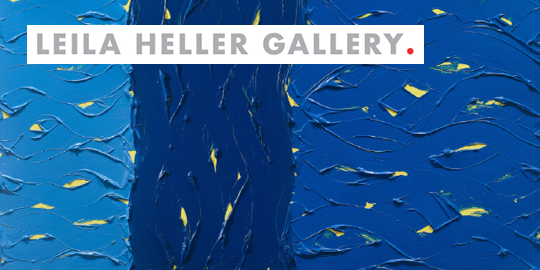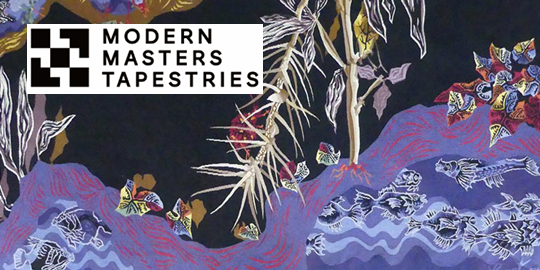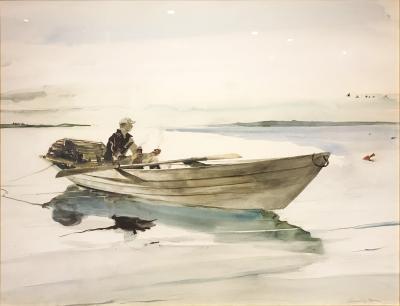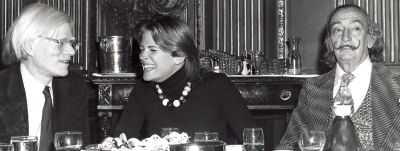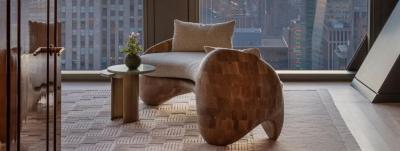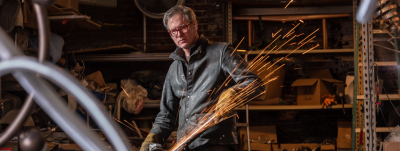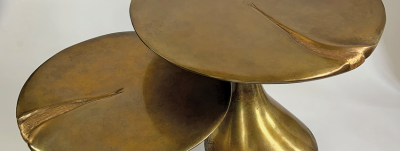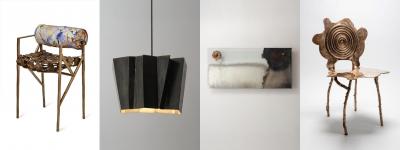Nature’s Nation: American Art and Environment
.jpg) | |
Fig. 1: Albert Bierstadt (American, born Germany, 1830–1902), Bridal Veil Falls, Yosemite, ca. 1871–1873. Oil on canvas, 36 × 26⅓ inches. North Carolina Museum of Art, Raleigh. Purchased with funds from the North Carolina State Art Society (Robert F. Phifer Bequest) and various donors, by exchange (87.9). |
It is a truism of art history that cultural artifacts reflect the time and place of their making. So, it must follow that contemporary analysis of them similarly mirrors the circumstances and preoccupations of our own time. Today, the need to imagine more sustainable and ethical habits, including environmentally informed ways of understanding our cultural history, has catalyzed a vital new area of research, the environmental humanities.
This timely mode of interdisciplinary inquiry seeks to bridge the gaps between science and the humanities and explore traditionally separate Western, Eastern, and Indigenous ways of perceiving and comprehending the natural world and the human place within it. As public institutions, museums can play an especially valuable role in foregrounding these common issues. Nature’s Nation: American Art and Environment engages this opportunity by telling a new environmental history of North American art, tracing evolving ideas about the environment from colonial encounters between Indigenous beliefs and European natural theology through nineteenth-century notions of progress and Manifest Destiny to the rise of modern ecological ethics and activism. Using the interpretive insights employed in ecocriticism, the exhibition shows that works of art produced by a diverse array of makers, have something to teach us about environmental history and understanding by virtue of their subjects and contexts, as well as the materials and techniques employed in their creation. At the same time, the exhibition critically engages the idea of America as “nature’s nation,” its title adapted from a classic 1967 book by the American studies scholar Perry Miller, and challenges the exceptionalism inherent in the term, in light of Indigenous, African American, and other cultural perspectives.
 |
Fig. 2: Thomas Moran (American, born England, 1837–1926), Lower Falls, Yellowstone Park, 1893. Oil on canvas, 39½ × 59 inches. Gilcrease Museum, Tulsa, Oklahoma. Gift of the Thomas Gilcrease Foundation. |
 | |
Fig. 3: Valerie Hegarty (American, born 1967), Fallen Bierstadt, 2007. Foamcore, paint, paper, glue, gel medium, canvas, wire, wood, 70 × 50 × 16¾ inches. Brooklyn Museum. Gift of Campari, USA (2008.9a-b). |
Nature’s Nation traces our changing relationship to the natural world as both reflected and shaped through more than one hundred paintings, sculptures, prints, drawings, photographs, videos, and works of decorative art drawn from the Princeton University Art Museum and seventy collections nationwide. The works on view range from colonial furniture to the art of Jeffersonian natural science, Hudson River School landscape painting to Native American basketry, Dust Bowl regionalism to modernist abstraction, postwar environmental activism to contemporary artistic engagement with environmental change as experienced by communities of disparate class and ethnicity.
Nature’s Nation unfolds in three broad chapters—Colonization and Empire, Industrialism and Conservation, and Ecology and Environmentalism. The show begins with iconic paintings by Albert Bierstadt and Thomas Moran displayed alongside contemporary works by Valerie Hegarty and Jaune Quick-to-See Smith (Figs. 1-4) that update and revise earlier perceptions of the pristine American environment. An eighteenth-century Chippendale chest of drawers and a 1950s Color Field painting by Morris Louis installed nearby broach the theme of artistic materials and their environmental implications, illustrating the effects on forests from mahogany extraction and depletion, and the impact of toxic painting materials on human health (Figs. 5, 6). Altogether fifteen diverse works set the stage for the chronological eras that follow, which through related groups of objects reveal evolving human understandings of nature and our relations within it.
 |  | |
| Left: Fig. 4: Jaune Quick-to-See Smith (Salish member, Confederated Salish and Kootenai Nation, born 1940), The Browning of America, 2000. Oil and mixed media on canvas, 36 × 50 inches. Crocker Art Museum, Sacramento. Purchase with contributions from Gail and John Enns and the George and Bea Gibson Fund. Left: Fig. 5: Probably Henry Cliffton (American, died 1771) and Thomas Carteret, Philadelphia, High chest of drawers, ca. 1760. Mahogany, tulip poplar, white cedar, brass, 94 × 43 × 24 inches. Princeton University, Prospect House. Bequest of Mrs. Mary K. Wilson Henry (PP690). | ||
 |  | |
Left: Fig. 6: Morris Louis (American, 1912–1962), Intrigue, 1954. Acrylic resin (Magna) on canvas, 78 × 105 inches. Princeton University Art Museum. Gift of Sylvia and Joseph Slifka in honor of Frederick R. and Jan Perry Mayer (2004-51). Right: Fig. 7: Charles Willson Peale (American, 1741–1827), The Artist in His Museum, 1822. Oil on canvas, 103¾ × 80 inches. Pennsylvania Academy of the Fine Arts, Philadelphia. Gift of Mrs. Sarah Harrison (The Joseph Harrison Jr. Collection). | ||
 |
| Fig. 8: Asher B. Durand (1796–1886), Landscape, 1859. Oil on canvas, 30⅓ × 24 inches. Princeton University Art Museum. Gift of J. O. MacIntosh, Class of 1902 (y1955-3249). |
The first era, Colonization and Empire, addresses a period of profound epistemological transformation in visions of natural order, as the classical-Christian tradition of immutable hierarchy gives way to an emerging comprehension of environmental dynamism and complexity. During this period, the discovery of extinction, resource scarcity, pollution, and other revelations of modernity exposed limitations in the older European paradigm, which had represented nature statically and hierarchically as a Great Chain of Being. Major works by Charles Willson Peale (Fig. 7) and members of his family acquire new meaning as landmarks of this historic shift, while three subsequent sections on landscape representation explore the use of the picturesque and sublime to variously order and colonize the physical world (Figs. 8, 9).
The second era, Industrialization and Conservation, contains works engaging tensions between progress and preservation, including complex representations of consumption and its effects, by Winslow Homer (Fig. 10), Thomas Eakins, George Beaver (Fig. 11), and others. The growing recognition of the human role in environmental transformation and its pervasive implications are variously examined across the era’s visual culture—from James Hamilton’s Burning Oil Well at Night, near Rouseville, Pennsylvania to Sanford Gifford’s image of deforestation in Hunter Mountain, Twilight which both celebrate and scrutinize technological advance.
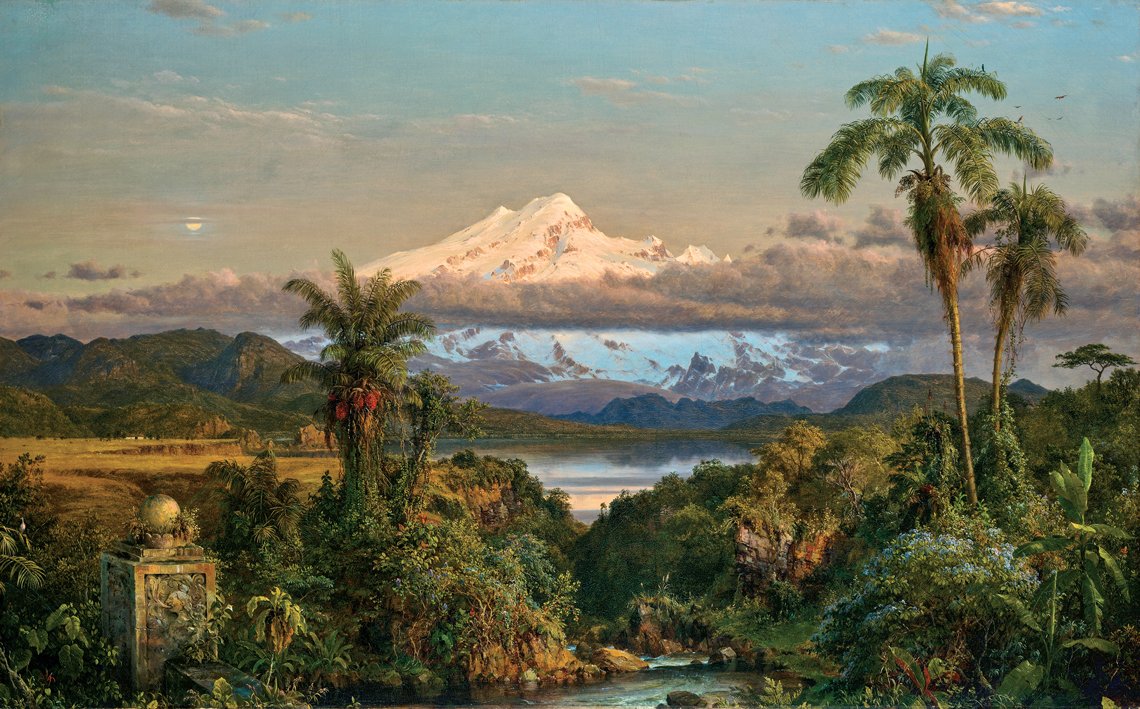 |
Fig. 9: Frederic Edwin Church (1826–1900), Cayambe, 1858. Oil on canvas, 30 × 48 inches. New-York Historical Society. The Robert L. Stuart Collection, the gift of his widow Mrs. Mary Stuart (S-91). |
 |
Fig. 10: Winslow Homer (American, 1836–1910), A Huntsman and Dogs, 1891. Oil on canvas, 28 × 50 inches. Philadelphia Museum of Art. The William L. Elkins Collection (E1924-3-8). |
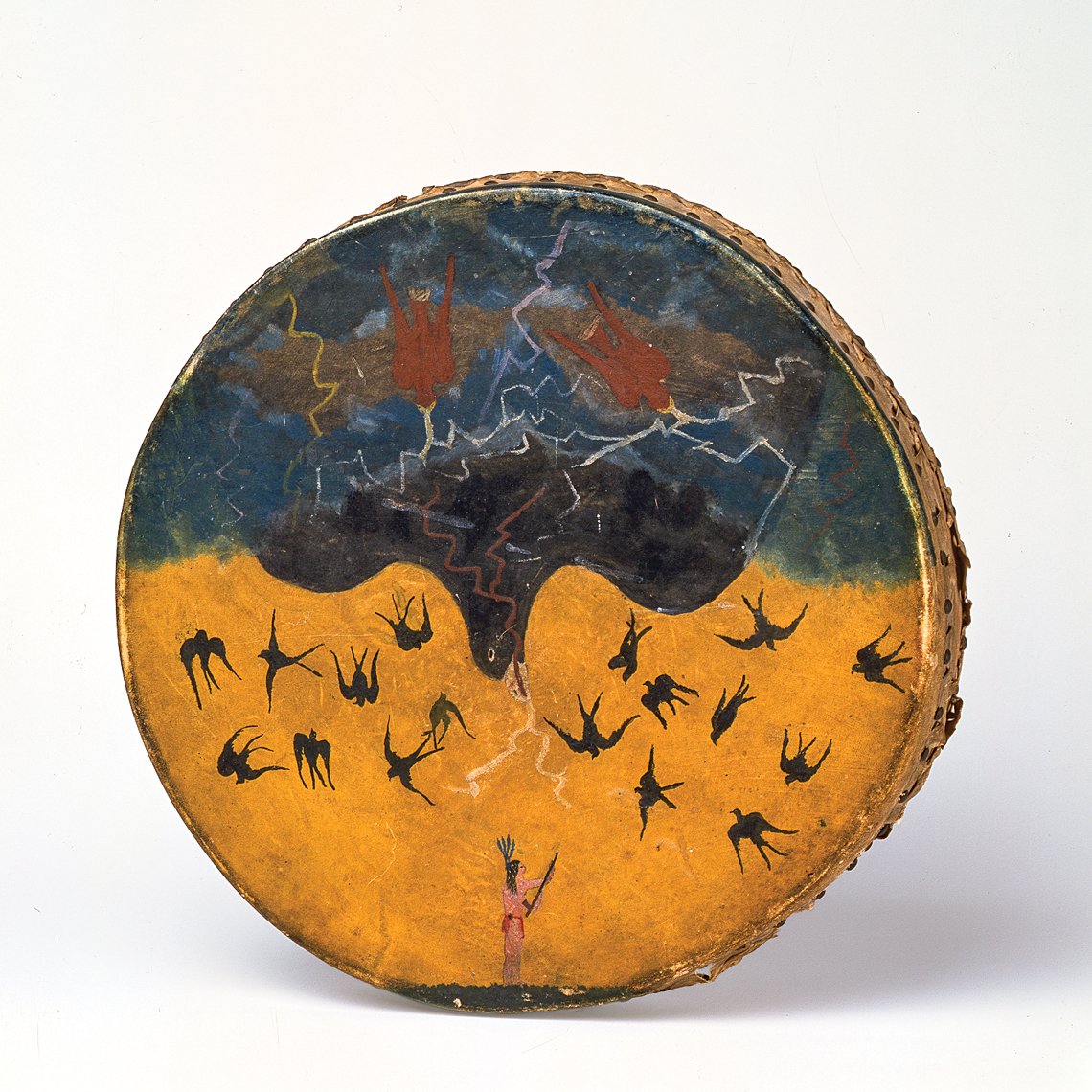 |  |
Fig. 11: George Beaver (Chaticks si Chaticks, active late 19th century), Double-sided drum, ca. 1890. Rawhide, wood, iron nails, tacks, pigments, 18 x 32 inches. Fenimore Art Museum, Cooperstown, New York. Gift of Eugene V. and Clare E. Thaw, Thaw Collection. | |
 |
Fig. 12: Alexandre Hogue (1898–1994), Crucified Land, 1939. Oil on canvas, 41 × 60 inches. Gilcrease Museum, Tulsa, Oklahoma. Gift of the Thomas Gilcrease Foundation, 1955 (GM 0127.2000). |
 | |
Fig. 13: Robert Rauschenberg (American, 1925–2008), Earth Day, 1970. Printed at and published by Gemini G.E.L., Los Angeles. Color lithograph with collage, 52 × 37½ inches. Princeton University Art Museum. Gift of the Friends of the Princeton University Art Museum (x1971-21). |
Finally, Ecology and Environmentalism considers art of the twentieth and twenty-first centuries that reimagines ecology on a global scale, often through conceptual or large-scale techniques and media. Works such as Alexandre Hogue’s “Erosions” paintings (Fig. 12), Isamu Noguchi’s This Tortured Earth, Eliot Porter’s exhibit-format photography for the Sierra Club, Robert Rauschenberg’s Earth Day, 1970, lithograph (Fig. 13), and Maya Lin’s online project What is Missing? vividly reveal the human capacity to redefine “nature” on a colossal scale, while reframing inherited beliefs about progress. During this period, artists have inventively embraced new creative challenges posed by ecological issues, from the Dust Bowl to world war to global warming and mass extinction. These considerations raise provocative questions: What are the limits and responsibilities of art in an era of ecological crisis? Is this crisis also forcing a reassessment of received art historical categories and methods by creating new aesthetic opportunities and canons, not to mention new approaches to museum display and interpretation? While cultural traditions throughout the world have contributed to human understandings of the environment, the peculiar pace and combination of forces in American history—including the Native-European encounter, slavery, settler colonialism, immigration, industrialization, and mass consumerism, together with catalytic figures in the emergence of modern ecological thought from George Perkins Marsh to John Muir, Aldo Leopold, and Rachel Carson—make the United States an especially appropriate crucible for this ecocritical reexamination of artistic practices and paradigms. At the same time, the exhibition critically engages the idea of America as “nature’s nation,” its title adapted from a classic 1967 book by the American studies scholar Perry Miller, and challenges the exceptionalism inherent in the term in light of Indigenous, African American, and other cultural perspectives.
Nature’s Nation provides a compelling opportunity to reimagine the history of American art in environmental terms. Although scholars have made great strides in examining the nation’s artistic production in relation to social and cultural conditions, they have yet to consider issues of ecology or environmental history in a focused and sustained way. By using ecocriticism to rethink landscape painting along with other genres and media, Nature’s Nation aspires to expand the purview of American art history on multiple registers. We hope it may enrich the field, opening it up to new considerations of historical context, materiality, method, and meaning, while enhancing the relevance of American art to a wide audience.
 |
Nature’s Nation will be on view at the Princeton University Art Museum through January 6, 2019; the Peabody Essex Museum, Salem, Ma., February 2–May 5, 2019; and Crystal Bridges Museum of American Art, Bentonville, Ariz., May 25–September 9, 2019. The exhibition is accompanied by a 448-page catalogue distributed by Yale University Press (yalebooks.yale.edu).
 |
Karl Kusserow is the John Wilmerding Curator of American Art at the Princeton University Art Museum. Alan C. Braddock is the Ralph H. Wark Associate Professor of Art History and American Studies at William & Mary.


